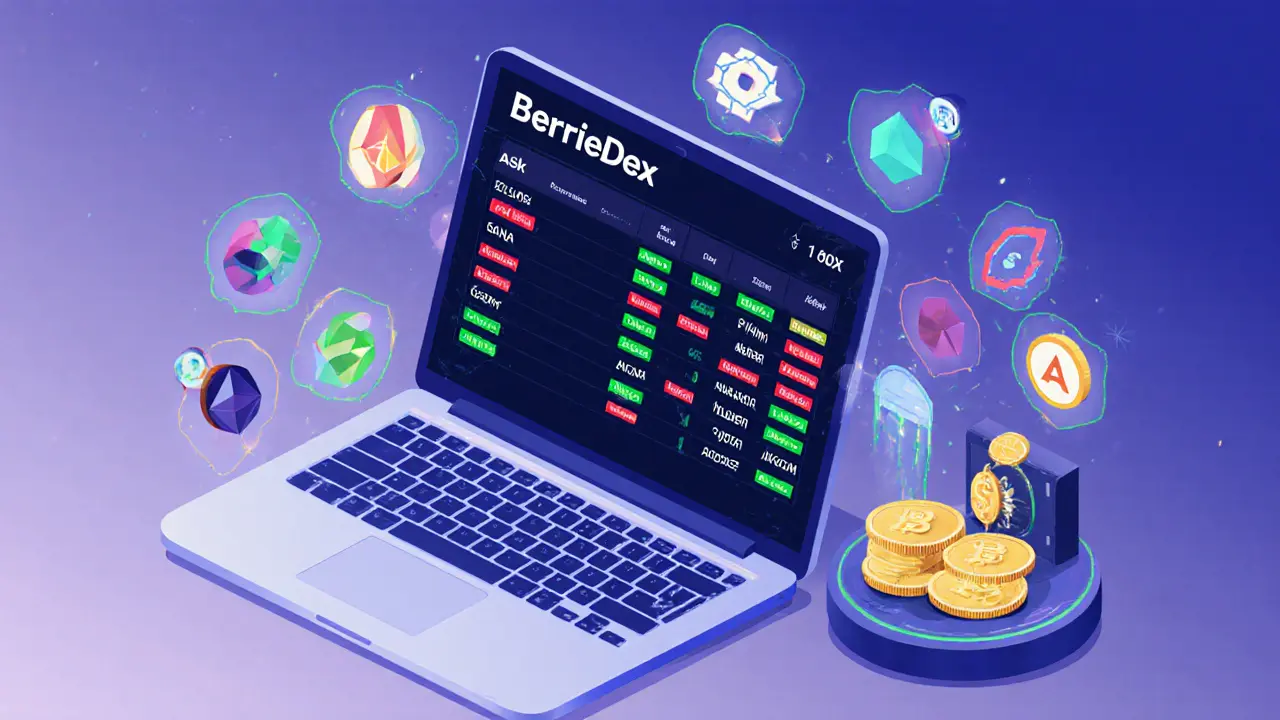Multi-Chain Exchange: The Fast Track to True Crypto Interoperability
When you hear Multi-Chain Exchange, a platform that lets users trade assets across different blockchains without needing a centralized broker. Also known as cross‑chain swap platform, it solves the problem of isolated networks by linking them together. In simple terms, it’s the bridge that lets Bitcoin, Ethereum, Solana and dozens of other chains talk to each other, turning a fragmented market into a single, fluid marketplace.
Key Building Blocks Behind Multi-Chain Exchanges
The magic happens thanks to a few core components. First, a Decentralized Exchange, or DEX, provides the trustless trading engine where orders are matched on‑chain. Unlike a traditional exchange, a DEX does not hold user funds; it uses smart contracts to execute swaps directly between wallets. Second, a Cross-Chain Bridge moves tokens from one ledger to another, either by locking assets on the source chain and minting equivalents on the destination, or by using sophisticated relay mechanisms. Third, a Liquidity Aggregator pools depth from multiple DEXs and even centralized order books, ensuring you get the best price and enough volume for large trades. Finally, the Order Book model—often combined with an automated market maker—offers price discovery and helps prevent slippage when you trade thinly‑liquid assets. In short, multi-chain exchange encompasses decentralized exchanges for trustless execution, cross‑chain bridges for asset mobility, liquidity aggregators for price efficiency, and order books for market depth.
All these pieces work together to answer a simple question: how can I swap a token on one chain for a token on another chain quickly and safely? The answer is a platform that routes your request through a DEX on the source chain, passes the asset across a bridge, then fulfills the trade on the destination chain using the best available liquidity pool. This flow reduces the need for multiple wallets, separate bridge interfaces, and manual price checks. It also lowers transaction costs because the platform can batch steps and pick the cheapest route. That’s why you’ll see many of our articles below covering everything from the legal landscape of crypto exchanges in India and Iran, to deep dives on specific multi‑chain DEX tokens like Berrie Dex (BERRIE) and Orderly (ORDER). Whether you’re a trader hunting the best rate, a developer building a new cross‑chain app, or a regulator trying to understand the ecosystem, the collection gives you practical insights, real‑world examples, and step‑by‑step guides.
Ready to explore how these concepts play out in the wild? Below you’ll find a curated set of posts that break down regulation, security, tokenomics, and hands‑on tutorials—each tied back to the core idea of a multi‑chain exchange. Dive in to see how the pieces fit, where the risks lie, and what opportunities await in the fast‑moving world of cross‑chain trading.

Berrie Dex (BERRIE) Coin Explained: How It Works, Tokenomics & Risks
Oct 16, 2025, Posted by Ronan Caverly
A clear, up‑to‑date guide on Berrie Dex (BERRIE) coin: how it works, tokenomics, market data, risks and a quick start checklist.
MORESEARCH HERE
Categories
TAGS
- decentralized exchange
- crypto exchange review
- cryptocurrency
- crypto coin
- CoinMarketCap airdrop
- smart contracts
- tokenomics
- cryptocurrency exchange safety
- crypto exchange
- cryptocurrency airdrop
- crypto airdrop
- cryptocurrency exchange
- crypto airdrop guide
- blockchain token distribution
- DeFi
- crypto exchange scam
- crypto airdrop 2025
- Ethereum
- cross-chain interoperability
- ERC-20
